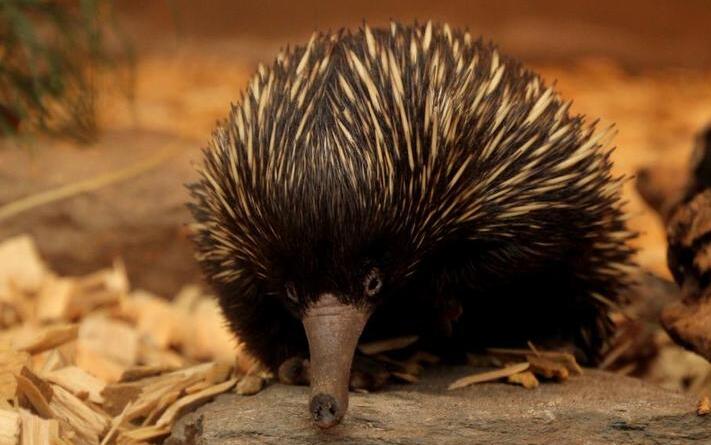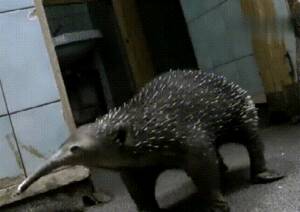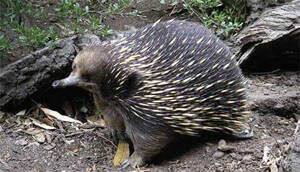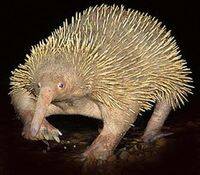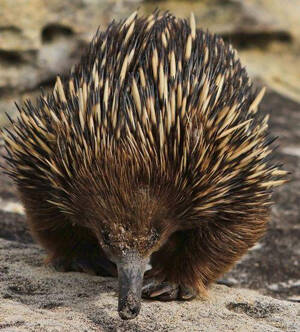Zaglossus attenboroughi
IUCN
LCBasic Information
Scientific classification
- name:Zaglossus attenboroughi
- Scientific Name:Zaglossus attenboroughi
- Outline:Monotremata
- Family:Echidna F.Echidna
Vital signs
- length:About 10cm
- Weight:No textual research information is available
- lifetime:No textual research information is available
Feature
It is the tiniest member of the protoechidna genus, closely related to the Australian echidna
Distribution and Habitat
It is found near Santani and Jayapura in Papua, Indonesia
Appearance
The head is pointed, the kiss is long, the limbs are short, the body is short, more than 10 centimeters long, and the appearance is like a mouse. The Attenborough long-beaked Echidna is the tiniest member of the proto-echidna genus, closely related to the Australian echidna. The tail is thin and short. The forelimbs are 5 claws, powerful, and the palm is turned outward, which is the digging organ.
Details
Attenborough's scientific name is Zaglossus attenboroughi, after David Attenborough. Like to dig holes, harm crops, harmful to agriculture, so it is a pest. But that's just from a human point of view, from a biological chain point of view, where moles play an important role. The hair is brown, fine and soft, and has luster, and has certain use value.
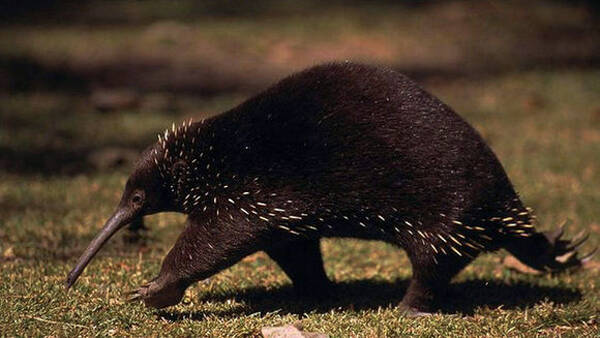
Attenborough's long-beaked Echidna feeds mainly on insects, but also on earthworms, slugs, amphibians, reptiles, and small birds.
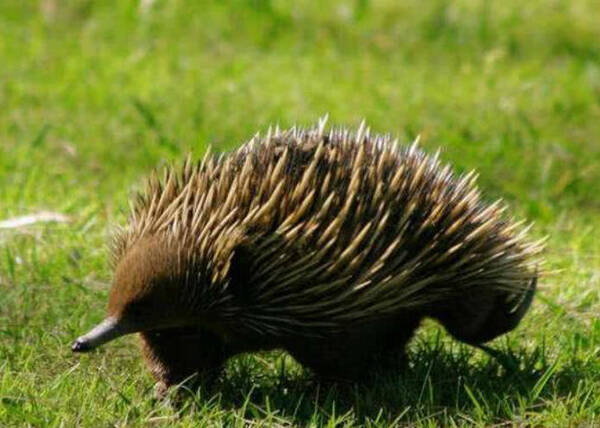
The original description of Attenborough's long-beaked Echidna was based on a damaged specimen collected during the Dutch colonial era, and no new discoveries appear to have been made since. Due to human discoveries affecting forest habitats, it has been suggested that they are endangered or have disappeared locally. However, because biological research in Papua is incomplete, it is possible that they still live in the local mountains. Nests and traces of Attenborough's long-beaked Echidna were reported in 2007, and local people reported seeing them in 2005.
Protect wild animals and eliminate wild meat.
Maintaining ecological balance is everyone's responsibility!

